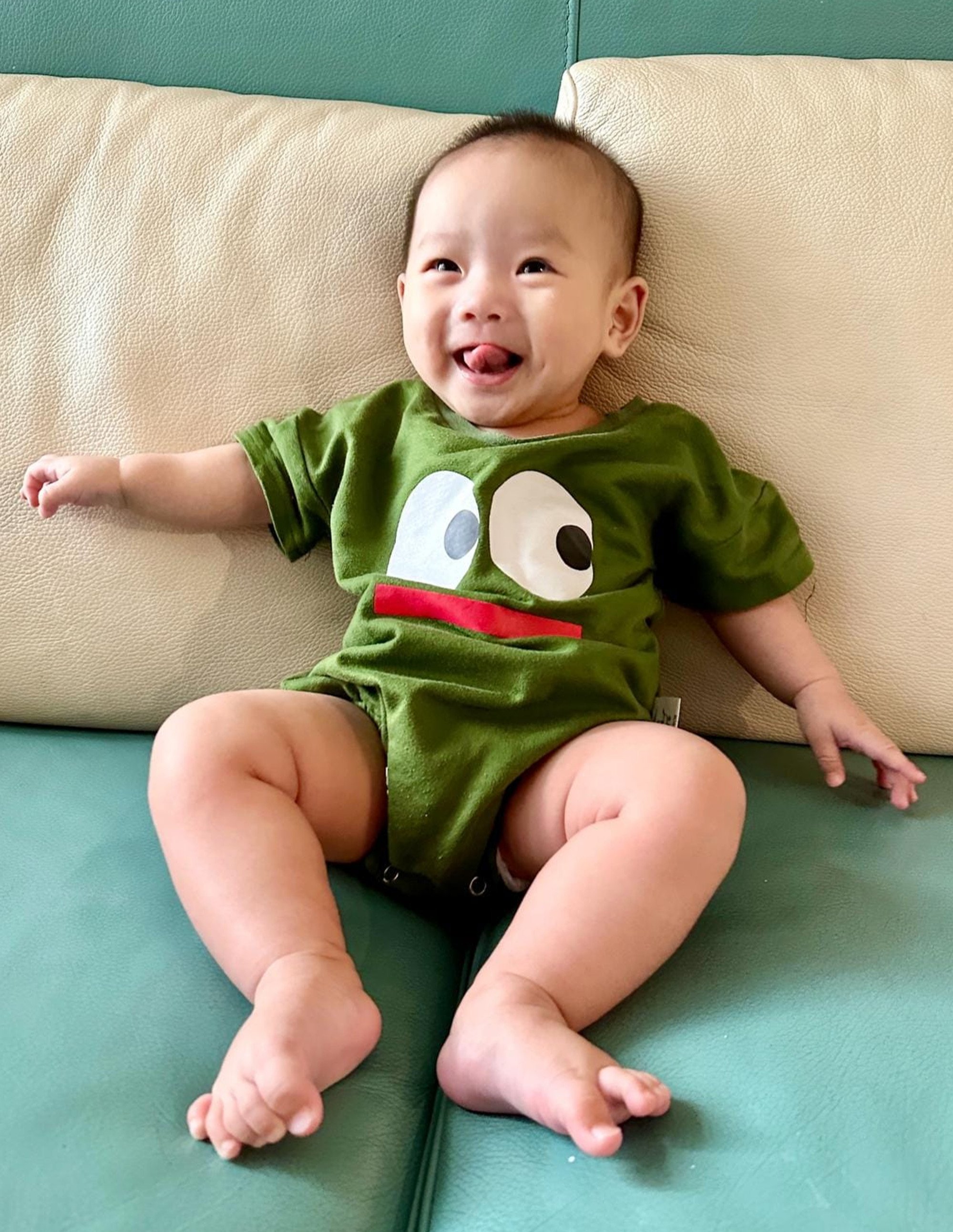Hong Kong baby ‘Little Suet-yee’ has ‘irreversible’ brain damage after alleged abuse by babysitter, mother says amid ‘living hell’
A Hong Kong infant allegedly abused by a babysitter has suffered “irreversible” brain damage which has impaired her learning ability, cognition and senses, her mother has said, describing the family’s “living hell”.
The mother of the baby girl, known affectionately as “Little Suet-yee” by her family, told the Post a recent magnetic resonance imaging (MRI) scan had revealed the extent of the impact.
“The damaged parts of the brain were in charge of different functions and abilities, and they were all affected,” said the mother, who only gave her surname, Tang.
“They included abilities in self-care, learning, cognition and the senses.”
She said a large part of her daughter’s brain had shrunk and cells had died.
“The most important thing is that this damage is irreversible,” she said, quoting what doctors told the family following the MRI performed in mid-April.
The alleged child abuse case surfaced in January after police were alerted by Tuen Mun Hospital staff about the baby’s suspicious brain injuries.
Suet-yee, who was nine months old at the time, had been in the care of a babysitter recruited under a government-funded “community nanny” childcare scheme. She was hired through Yan Oi Tong, the NGO in charge of operating the programme.
The infant’s father received a call from Yan Oi Tong staff, who told him the baby had suffered a spasm after being bathed.
The 33-year-old babysitter was arrested on suspicion of abusing the child, but was later released on bail.
Police did not provide an update on their investigation upon a Post inquiry on Friday, only stating the woman had to report to them early next month.

The infant, who suffered a blood clot on her brain, underwent surgery to temporarily remove part of her skull because of excess pressure brought about by her injuries
As her head had grown, the piece of bone could no longer perfectly fit the gap in the skull, Tang said.
Doctors were considering solutions to stretch the bone as much as possible before placing it back into Little Suet-yee’s skull.
“It is like clay dough – the bone can be stretched bigger bit by bit, but this can also thin it out … we are left with no choice and have to do this as Suet-yee has grown and her head is larger now,” Tang said.
But there was still uncertainty even if the piece was successfully placed back into the skull, with Tang saying the prospects for full healing were unclear.
The body might treat the grafted bone as a foreign object, and the piece would “melt down” if it was rejected, she said.
If the skull did not heal, Suet-yee would need to undergo another major operation to cover the gap in her skull with artificial material, which her mother said was not the preferred scenario as the substance would not grow like real bones.
The infant’s vision had also been impaired following major bleeding in her eyes from the injuries. But a more thorough assessment could only be made when she was at least three years old, with surgery considered a high-risk treatment option that could also lead to total blindness.
“Now her brain is damaged, her eyes are also impaired … how can she live? She has lost her learning ability, so questions about what schools she might attend or other arrangements over her future are already out of our consideration,” Tang said.
“I can only plan where she can receive rehabilitation so she can move a bit and have a sense of standing up.”
While Tang and her husband were staying in the hospital almost all the time to accompany their child, they also needed to take care of their four-year-old elder daughter.
“The physical and mental pressure faced by our family was so intense that we have been falling to pieces,” she said. “It’s no different from a living hell.
“We are waiting for miracles every day. I have even been praying in all forms of religion.”
Meanwhile, charity Yan Oi Tong said they “deeply regretted” and were “saddened” by the incident.

“As the incident is still under police investigation, it is not appropriate to make any comments or speculate at this stage,” the charity said.
It added it would continue to communicate with the infant’s parents and do its best to provide necessary support.
But Hong Kong Caring Power, a non-profit group that is helping Little Suet-yee’s family, said the charity so far had not provided any help or explanation.
Jacky Lui Chi-tak, the group’s president, said he was approached by Yan Oi Tong around a month ago over arranging a meeting, which had still not taken place.
He said his group was now looking into various medical solutions for the girl’s physical problems, while also providing counselling to the family.
Neurosurgeon Dr Hung Wai-man, who was not involved in the case, said that in general circumstances children aged below two had higher brain plasticity, which gave them a better chance of recovery.
“Some babies might suffer a brain injury, for whatever reason, but they could end up behaving normally after recovery, even though half of their brain cells were damaged,” he said.
He said babies’ nerves regenerated better as their brains were still developing.


